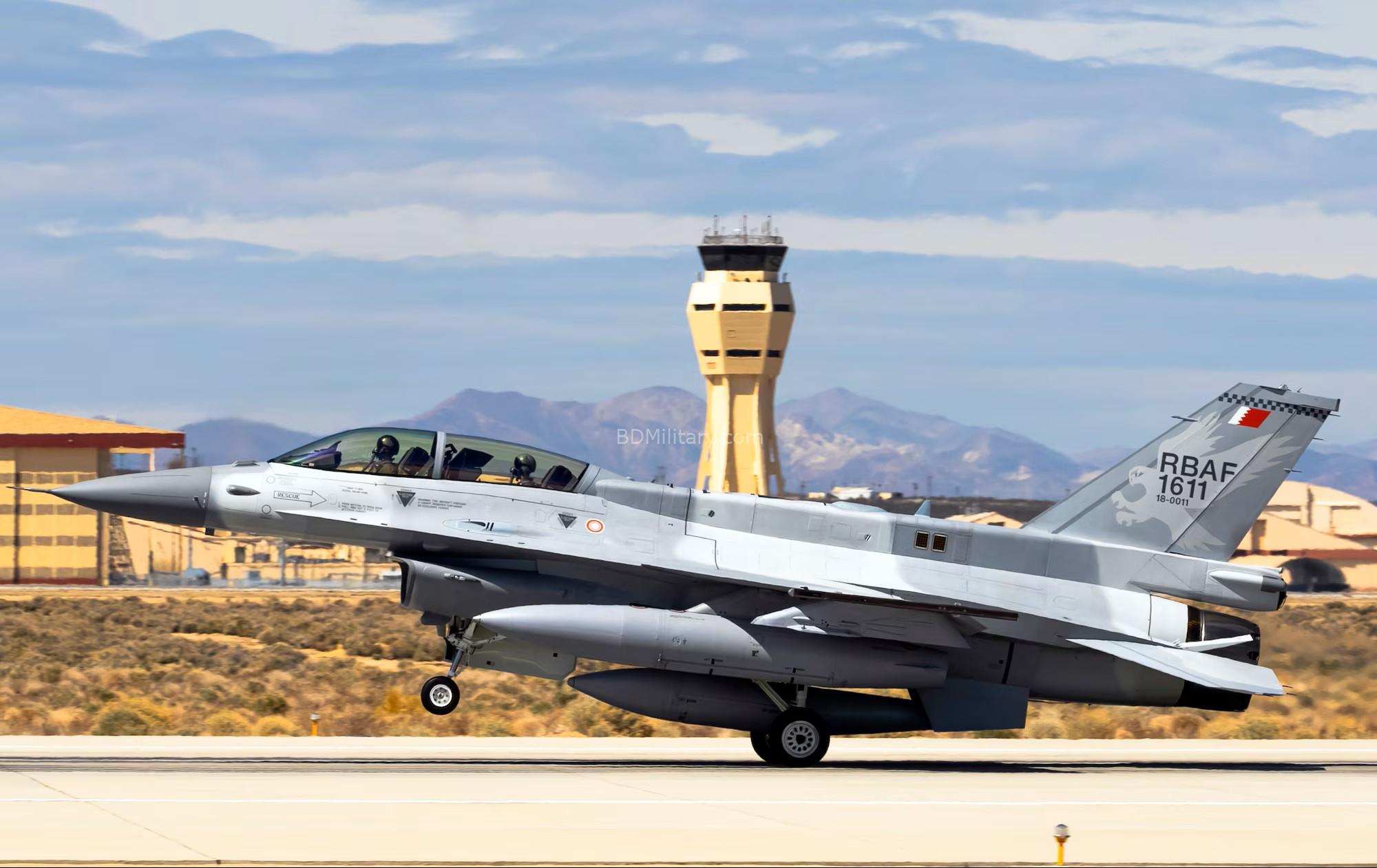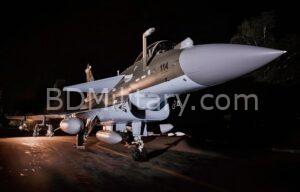Bangladesh, often referred to as one of the new Asian Tigers, is entering a critical phase in its political, economic, and defence trajectory. Its strategic location along the northern Bay of Bengal, bordering India and Myanmar, and its proximity to vital Indo-Pacific maritime routes, have made it a key player in regional security. The nomination of Brent Christensen as the next United States Ambassador to Bangladesh underscores Washington’s renewed interest in Dhaka as a strategic partner. With upcoming elections described by Christensen as “the most consequential in decades,” the country’s political stability and defence choices have become central to broader regional security considerations.
Christensen, a career diplomat with over twenty years of experience in U.S.-Bangladesh relations, including a prior tour in Dhaka, highlighted in his Senate Foreign Relations Committee hearing that the United States seeks to build robust ties with both the current interim government and its democratically elected successor. His nomination signals a shift towards deeper military and strategic cooperation, particularly in response to growing Chinese influence in Bangladesh.
Chinese Military Footprint in Bangladesh
Over the past decade, Bangladesh has increasingly relied on Chinese defence technology to modernise its armed forces. A key example is the planned acquisition of 20 J-10C fighter jets from China, intended to replace the ageing fleet of F-7 aircraft. Valued at approximately $2.2 billion, this procurement represents a significant upgrade in Bangladesh’s air combat capability. The J-10C, equipped with modern avionics, multirole capabilities, and advanced radar systems, will provide the Bangladesh Air Force with enhanced deterrence potential.
In addition to aerial assets, Chinese involvement in naval infrastructure has been substantial. The construction of the BNS Pekua submarine base in Cox’s Bazar, reportedly costing $1.22 billion, positions Bangladesh to host six submarines and eight warships. Once fully operational, the base will be the largest submarine facility in South Asia and represents a long-term strategic investment in the Bay of Bengal. Chinese support in both hardware and infrastructure has effectively deepened military-to-military ties between Dhaka and Beijing, while also binding Bangladesh to a multi-decade strategic and financial partnership.
However, such reliance comes with potential risks. Chinese defence platforms often present challenges in interoperability with Western systems and may carry concerns over quality and long-term support. While Beijing provides relatively affordable solutions, Dhaka must weigh the operational limitations and the strategic implications of over-dependence. The United States, cognisant of these risks, views Bangladesh’s defence trajectory as an opportunity to offer alternative solutions that strengthen bilateral ties while ensuring the country maintains diversified procurement options.
U.S. Engagement Strategy: Military-to-Military Cooperation
Christensen emphasised that, if confirmed, he would articulate the strategic risks associated with deepening dependence on Chinese defence technology. The U.S. approach involves offering Bangladesh alternatives that enhance interoperability with allied systems while simultaneously expanding joint exercises and military cooperation. This strategy is consistent with broader U.S. policy in South Asia, aiming to maintain a free, open, and secure Indo-Pacific.
During his Senate hearing, Senator Pete Ricketts referenced the “Think Twice Act,” a proposed measure to dissuade countries like Bangladesh from acquiring Chinese weaponry. Christensen indicated that the United States could present more affordable allied platforms while promoting defence interoperability, noting that these initiatives are not merely transactional but form part of a long-term strategic partnership. Such engagement may include training programs, technical assistance, joint operational exercises, and exposure to U.S. and allied systems, which could enhance the Bangladesh Armed Forces’ capacity to operate alongside Western forces.
Economic and Strategic Significance
Bangladesh’s strategic location in the Bay of Bengal renders it vital to regional maritime security and trade routes. Its proximity to India, Myanmar, and the wider Indo-Pacific corridor gives it strategic leverage in any regional security calculus. Christensen stressed that the United States recognises Bangladesh’s potential, both economically and geopolitically, and aims to promote a partnership that strengthens democratic institutions while offering sustainable development pathways.
Economic cooperation is a complementary element of U.S. strategy. Christensen outlined plans to reduce trade barriers, promote U.S. business interests, and enhance bilateral economic ties. Such engagement would strengthen Bangladesh’s economic resilience, potentially reducing the strategic influence of external actors such as China, which often leverages economic dependence to expand its regional footprint.
The Rohingya Challenge: Humanitarian and Security Dimensions
Bangladesh currently hosts nearly 1.3 million Rohingya refugees in Cox’s Bazar, a humanitarian situation with direct implications for national security and resource allocation. Christensen noted that the disproportionate burden borne by the United States is unsustainable and emphasised the need for international collaboration to develop viable solutions. U.S. engagement in Bangladesh is thus not solely military but also strategic in terms of stabilising the humanitarian and political landscape, which indirectly affects defence planning and regional influence.
Strategic Implications for South Asia and the Indo-Pacific
Bangladesh’s defence and foreign policy choices resonate beyond its borders. Strong military cooperation with China, particularly through platforms like the J-10C and the Pekua submarine base, could anchor Beijing’s influence in the northern Bay of Bengal. Conversely, enhanced U.S. engagement offers Dhaka alternatives that align with Western standards and global interoperability. This balance of influence is crucial for maintaining stability in the Indo-Pacific and ensuring freedom of navigation in key maritime corridors.
The broader regional context includes India, which shares both a border and complex security interests with Bangladesh. Strengthening U.S.-Bangladesh military ties can complement regional security frameworks, encourage joint anti-piracy and maritime surveillance operations, and contribute to multilateral stability initiatives. At the same time, Dhaka must carefully navigate its relations with Beijing to avoid over-dependence while preserving strategic autonomy.
Bangladesh Air Force Equipment: Historical Context
Bangladesh’s pursuit of advanced military capabilities dates back to the 1970s, when the fledgling nation sought to modernise its forces with Western technology. Declassified documents and Wikileaks sources indicate that the Bangladesh Air Force (BAF) submitted a comprehensive list of equipment requests to the United States, including:
| Equipment | Type | Quantity |
|---|---|---|
| High-Power Radar | ITT Gilfir | 2 |
| Low-Looking Radar | — | 5 |
| HF Sets | SC-130 | 150 |
| Anti-Aircraft Missile | Hawk | 4 Batteries |
| Anti-Aircraft Guns | — | 310 |
| Fighter Aircraft | F-4 and F-5E-21 | 6 Squadrons (2 Modified Reconnaissance) |
| Transport Aircraft | C-130 | 4 (2 Modified for Maritime Recon) |
| Helicopters | Bell-212 | 18 |
| Trainer Aircraft | T-37 | 12 |
| Ordnance | Bombs | Adequate |
Despite submitting detailed requirements in August 1976, the U.S. response was lukewarm, with many requests rejected or delayed. The failure to recognise Bangladesh’s strategic significance left the country vulnerable and prompted Dhaka to explore alternative sources, setting a pattern that continues today.
The 1990s and 2000s: Continued Rebuffs and the Shift East
In 1999, the Bangladesh Air Force sought F-16s from the United States to replace ageing F-7s and bolster air defence capabilities. The request was again rebuffed, with Washington citing concerns about regional stability and relations with India. As a result, Bangladesh turned to Russia, procuring MiG-29 fighter jets under the Sheikh Hasina administration. This move caused a flurry in Washington, highlighting the consequences of U.S. indifference toward Bangladesh’s security needs.
The MiG-29 acquisition faced challenges. Allegations of corruption surrounded the procurement, and operational readiness was limited due to maintenance issues and difficulty in sourcing spare parts. Despite these issues, the MiG-29s served as a stopgap to modernise the BAF while Dhaka sought further alternatives, particularly from China.
The 2010s: Seeking Modernisation
In the 2010s, Bangladesh continued to face gaps in air power. Requests for Western fighter aircraft, including additional F-16s, were again met with hesitation. The BAF turned increasingly to China to meet operational requirements, acquiring J-7/F-7 aircraft, while exploring the construction of facilities like the Pekua submarine base to enhance naval capabilities. Although these acquisitions improved numerical strength, they introduced challenges in interoperability, operational readiness, and long-term sustainability.
Lessons from History: Strategic Consequences
The repeated U.S. rebuffs illustrate a historical failure to recognise Bangladesh’s strategic importance. Time and again, the country sought to establish strong defence ties with the West but was left without substantial support. These failures have shaped Bangladesh’s defence policy, prompting diversification of suppliers and a pragmatic approach to foreign partnerships. The consequences are visible today: a significant Chinese footprint in military infrastructure, procurement, and training.
This historical context provides insight into current U.S. diplomatic strategy. Any future engagement must address past shortcomings, offering tangible alternatives, building trust, and demonstrating sustained commitment to Bangladesh’s sovereignty and security needs.
Looking Ahead: A Balanced Defence Strategy
Bangladesh stands at a pivotal point in its military modernisation journey. As Christensen highlighted, military modernisation must be paired with strategic diplomacy. Engagement with the United States offers a pathway to:
- Diversify defence acquisitions to reduce dependency on a single supplier.
- Enhance interoperability with allied forces.
- Improve operational readiness through joint exercises and technical training.
- Integrate economic, humanitarian, and defence objectives for holistic national security.
Strategic choices made in the coming years will influence Bangladesh’s regional role and the Indo-Pacific security architecture. By balancing U.S. and Chinese engagement, Dhaka can preserve strategic autonomy while maximising its security and economic potential.
Conclusion
Bangladesh’s defence trajectory, shaped by historical U.S. indifference, past rebuffs, and pragmatic alignment with China and Russia, underscores the importance of strategic engagement. The nomination of Brent Christensen as U.S. Ambassador presents an opportunity to reset bilateral relations, strengthen military cooperation, and offer alternatives to Chinese dependency.
Bangladesh’s military acquisitions, foreign partnerships, and infrastructural development will continue to reverberate across South Asia and the Indo-Pacific. Effective U.S. engagement, grounded in historical understanding and long-term commitment, can provide the strategic balance necessary to safeguard sovereignty, regional stability, and Bangladesh’s emerging role as a rising power in the 21st century.
Annex: China vs US in Bangladesh’s Defence Outlook
| Aspect | China | United States |
|---|---|---|
| Payment Options | Flexible payment schemes, including instalments and defence credits, easing immediate fiscal burden | Generally requires upfront payment; limited access to credit facilities for Bangladesh |
| Equipment Usage Policy | “No strings attached” – Bangladesh retains full operational control over equipment without restrictive end-user agreements | Strict end-use and export control agreements; usage limitations on advanced platforms; may require U.S. approval for deployment or upgrades |
| Strategic Alignment | Viewed as a natural partner against perceived regional pressures, particularly India’s hegemonic ambitions | Historically cautious; prioritises regional balance with India; limited strategic alignment with Bangladesh’s own security priorities |
| Technology and Capability | Provides a wide range of platforms at competitive prices; rapid delivery and transfer of technology | Advanced platforms with superior technology and interoperability with allied forces; limited willingness to sell certain systems to Bangladesh |
| Interoperability | Limited interoperability with Western and allied systems; may require additional training and support | High interoperability with U.S. and allied forces; facilitates joint exercises and long-term strategic integration |
| Maintenance and Logistics | Chinese systems may have simpler maintenance requirements; spare parts and support are generally bundled with procurement | Requires higher standards for maintenance; spare parts may be costlier; dependence on U.S. supply chains |
| Political Implications | Strengthens Dhaka-Beijing relations; potential leverage in regional geopolitics | Enhances alignment with Western allies; may strain relations with neighbours, particularly India, if perceived as militarily aligning with the West |
| Long-Term Strategic Risks | Potential dependency on a single supplier; concerns over technology transfer and quality | Risk of limited engagement due to U.S. domestic and regional policy constraints; historical indifference undermines trust |
Key Insight:
China offers Bangladesh financial flexibility, operational autonomy, and a partner perceived as balancing Indian influence, which makes it politically and economically attractive despite technology limitations. The U.S., while offering advanced technology and interoperability, has historically provided little financial or operational flexibility, and its engagement has been inconsistent, which has shaped Bangladesh’s pragmatic turn towards China. In summary there is very little evidence that Bangladesh would gain from alignment with the United States without a radical shift in US policies towards Bangladesh addressing its security interests.

Ayesha Farid is a regional security specialist focusing on South Asia, with over a decade of experience analysing inter-state tensions, cross-border insurgency, and regional power dynamics. She has worked with leading policy think tanks and academic institutions, offering nuanced insights into the complex security challenges shaping the subcontinent. Ayesha’s expertise spans military doctrines, border disputes, and regional cooperation frameworks, making her a vital contributor to BDMilitary’s coverage of South Asian strategic affairs. She leads the Geopolitics & Diplomacy section at BDMilitary. Ayesha holds a dual master’s degree — a Master in International Relations from the IE School of Politics, Economics & Global Affairs, Spain, and a Master of Public Policy from the Munk School of Global Affairs, University of Toronto, Canada — combining deep academic insight with practical policy expertise.


